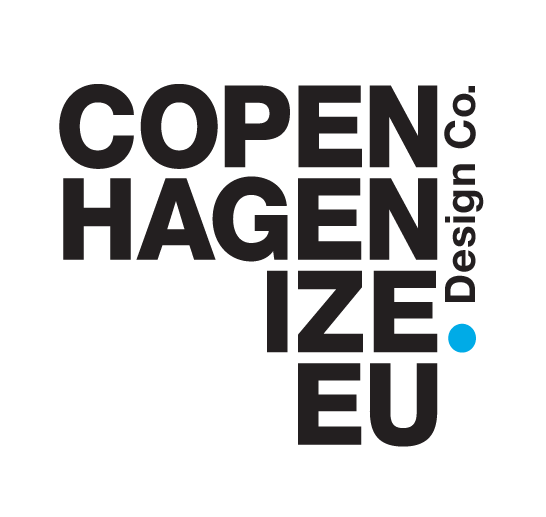In Dunwoody, a small municipality outside of Atlanta, Georgia, less than 36 percent of streets have sidewalks, and only 7 percent have bike lanes.
It’s safe to say Dunwoody is exceedingly car-dependent.
But, even those numbers don’t tell the full story. As the map below demonstrates, bicycle infrastructure in Dunwoody is extremely fragmented, failing to provide a safe, connected, non-motorized travel option across town. Furthermore, the type of infrastructure that has been implemented often doesn’t account for the volume or speed of traffic on the road, making current, on-street conditions in Dunwoody unattractive to the vast majority of the population when it comes to adopting the bicycle as an everyday mode of transportation.
Existing segments of bicycle infrastructure in Dunwoody are isolated and fragmented.
Grubb Properties, a real estate developer with a focus on creating innovative, sustainable communities, is looking to change all that, and hired Copenhagenize Design Co. to analyse existing conditions and the potential for the bicycle in Dunwoody. A recent news article in Curbed Atlanta cites Grubb’s latest press release on the project, and how the Park at Perimeter Center East and Copenhagenize’s research can help Dunwoody set an example for future mixed-use, bicycle-friendly communities in all kinds of American cities.
“Creating a safe and accessible biking community that encourages people to stop and speak with neighbors is one of the central objectives for Park at Perimeter Center East.”
— Grubb Properties press release
With the rezoning vote set to take place on December 10, we hope that the City of Dunwoody takes this opportunity to support and promote the bicycle as a normal and comfortable form of transportation not only within the Park at PCE development, but the City of Dunwoody itself.
Data source: U.S. census, 2016
In a municipality already struggling with traffic congestion and automobile dependence — particularly when it comes to the massive highways leading in and out of the city — developing the bicycle as an alternative mode of transportation to the private automobile will increase efficiency, decrease congestion, and provide a more efficient, attractive mobility option to residents of all kinds.


